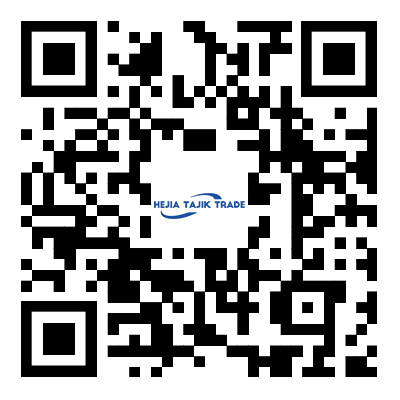Anti-theft Labels: A Smart Solution for Retail Security
2025-04-25
In today’s fast-paced retail environment, protecting merchandise from theft is more important than ever. Shrinkage caused by shoplifting and internal loss can have a serious impact on profits. To combat this, many businesses are turning to anti-theft labels — a simple yet powerful tool that helps reduce theft and improve store security without disrupting the customer experience.
What Are Anti-theft Labels?
Anti-theft labels are small security tags that are attached to retail products. These labels are designed to deter theft by triggering an alarm if someone tries to remove the item from the store without deactivating or removing the label. Most anti-theft labels use technologies like radio frequency or electromagnetic systems to detect unauthorized movement.
There are two main types of anti-theft labels: soft labels and hard tags. Soft labels are thin and adhesive-backed, often used for items like books, cosmetics, or packaged goods. Hard tags are made of plastic and are commonly used on apparel or high-value electronics.
How Anti-theft Labels Work
Anti-theft labels work in conjunction with electronic article surveillance systems, often called EAS. When an item with an active label passes through the security gate at a store’s exit, the system detects it and sets off an alarm. Employees are then alerted to check for potential theft.
At the point of sale, the cashier either deactivates a soft label using a deactivation pad or removes a hard tag using a special detacher. This allows customers to exit the store without setting off the alarm.
Benefits of Using Anti-theft Labels
Retailers use anti-theft labels because they are an effective and affordable way to protect merchandise. Here are some of the main advantages:
- Loss Prevention: These labels help deter theft and significantly reduce shrinkage.
- Cost-Effective: They are relatively inexpensive to implement, especially for stores with high volumes of small items.
- Discreet: Soft labels are unobtrusive and can be hidden within packaging or price tags.
- Easy Integration: Anti-theft labels can be applied during manufacturing, packaging, or at the retail location.
- Improved Inventory Control: With fewer losses, stores can maintain better stock levels and reduce waste.
Common Uses for Anti-theft Labels
Anti-theft labels are used across many industries and product types, including:
- Clothing and fashion accessories
- Electronics and gadgets
- Health and beauty products
- Books and media
- Food and beverage items in high-theft categories
These labels are especially important for items that are easy to conceal or frequently targeted by shoplifters.
Considerations for Retailers
When choosing anti-theft labels, it’s important to consider the type of products being protected, the layout of the store, and the existing security systems in place. Labels should be compatible with the store’s EAS gates and easy for employees to deactivate or remove at checkout.
Retailers should also train staff on proper application and deactivation procedures. This ensures that security systems work effectively and customers have a smooth shopping experience.
Conclusion
Anti-theft labels are a simple yet effective solution for protecting retail merchandise. By reducing theft, they help stores maintain profitability and create a safer, more secure shopping environment. As part of a larger loss prevention strategy, these labels offer a smart, scalable, and low-profile way to protect your business and support long-term growth.



